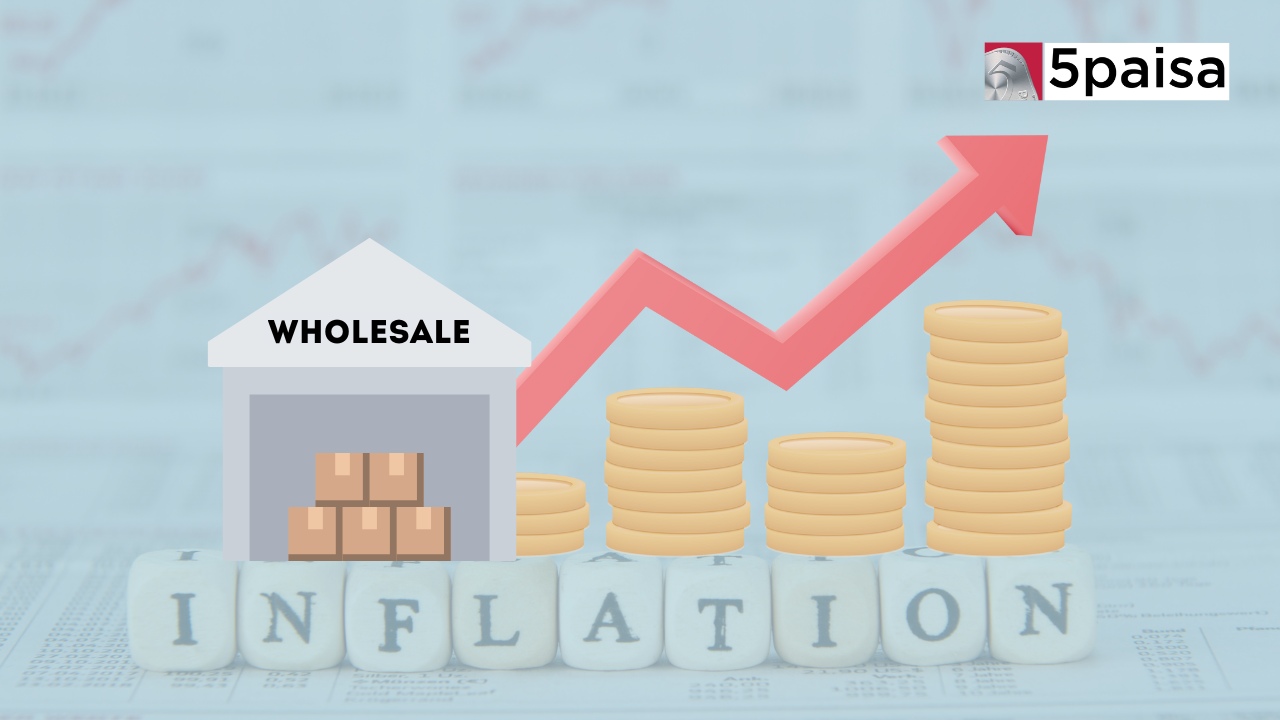Key takeaways from the December 2022 RBI monetary policy

Last Updated: 9th December 2022 - 06:34 am
The RBI policy announcement on 07th December was largely on the lines of street consensus expectations. That is rare, but the RBI hiked rates by 35 basis points, exactly as the markets had anticipated. It was clear that it was too early to pause on rate hikes just because the Fed had issued some topping signals. However, with the repo rates getting close to the proposed terminal rate, some amount of sobering was warranted. Any RBI monetary policy is normally a trade-off between inflation, growth and liquidity; with all three being intimately and inextricably linked to each other.
Inflation control is essential for price stability and that has been the overriding concern of the RBI for the last few months. It had to control inflation and for that it had to first tone down inflation expectations. That was only possible if the RBI hiked rates and also reduced the liquidity in the system. That comes with a cost. Higher rates get transmitted into borrowing costs and impact the GDP growth. Q2 GDP at 6.3% is already sharply lower than 13.5% in Q1. A tight liquidity situation may help cut inflation but would impede corporate performance. It is in this dilemma that the RBI announced the December MPC policy.
Repo rates hiked by 35 basis points to 6.25%
In the light of the dilemma faced by the RBI, the 35 basis points rate hike appeared to be the best compromise formula. Here are key takeaways from the RBI policy in terms of announcements, implications and analytics.
-
The policy repo rate has been increased by 35 basis points from 5.90% to 6.25%. This comes as a relief after 3 consecutive hikes of 50 bps each in the repo rates. However, it must be noted that, at 6.25%, the repo rates are already 110 basis points above the pre-COVID rate. So this is a lot more than just a post-COVID unwinding of dovishness.
-
There are 2 rates in the economy viz. the SDF rate and the Bank Rate that are linked to the repo rate with a spread of -0.25% and +0.25% respectively. Consequently, the standing deposit facility or SDF (formerly reverse repo rate), stands increased to 6.00% and the MSF and bank rate also stands increased by 25 bps to 6.50%. Both these rates are not announced, but derived based on the repo rate and based on the spread.
-
Inflation expectations for FY23 were retained at 6.7%, the same as the previous policy level. There are two diverse factors playing on inflation. The falling global commodity prices and tapering demand from China are positives for inflation. However, the saga of rising imported inflation remains a challenge and food inflation still a challenge in India after a disappointing Kharif season; and despite hopes of a better Rabi crop this year.
-
However, for the second policy in succession, the GDP growth expectations have been lowered by 20 bps to 6.80%. In the 30th September policy, RBI had reduced the GDP growth estimate from 7.20% to 7.00%. That is an aggregate GDP growth estimate cut of 40 bps. The RBI expects pressure to come from weak global demand and the spectre of rising input costs in India.
-
Here is how inflation and growth expectations of RBI look like for coming few quarters. Let us talk of inflation first. FY23 inflation estimate at 6.7% and beyond has been broken up as under: Q3FY23 at 6.6%, Q4FY23 at 5.9%, Q1FY24 at 5.0% and Q2FY24 at 5.4%. Similarly, the FY23 GDP growth estimate of 6.8% and beyond is broken up as under: Q3FY23 at 4.4%, Q4FY23 at 4.2%, Q4FY23 at 4.6%, Q1FY24 at 7.1% and Q2FY24 at 5.9%.
-
Finally, let us look at how the members of the MPC voted on the two key resolutions of the RBI MPC. A total of 5 out of 6 members voted to hike repo rates by 35 basis points to 6.25%, with Dr. Jayant Varma dissenting the resolution. On the subject of withdrawal of accommodation there were only 4 out of 6 votes in favour with Jayant Varma and Ashima Goyal opposing the resolution. We await better clarity in the meeting minutes.
RBI goes beyond the monetary numbers
Of late, the RBI has used the monetary policy as a platform to look beyond just inflation, growth and liquidity. Here are some other changes that RBI has pushed in through the MPC addendum.
-
Banks can currently hold 23% of NDTL in the HTM (held to maturity category) against 19.5% earlier. However, this limit was expiring in March 2023. To facilitate better management of investment portfolios, RBI has extended this date to March 2024.
-
UPI as a transaction platform has been a focus area for the RBI and the outcome is evident in the volume market share. RBI introduces single-block and multiple-block debit functionality in UPI transactions. The BBPS will also be tweaked to handle recurring transactions based on regular mandates.
-
The icing on the cake is that resident Indian investors can now hedge their gold risk in the global markets via the IFSC route.
The RBI has broadly given out a message of growth optimism and inflation caution. It is still in a monetary dilemma, but to the credit of the RBI it has surely given a good account of itself during the tumultuous last 3 years.
- Flat ₹20 Brokerage
- Next-gen Trading
- Advance Charting
- Actionable Ideas
Trending on 5paisa
06
 Tanushree Jaiswal
Tanushree Jaiswal
Indian Market Related Articles
Disclaimer: Investment in securities market are subject to market risks, read all the related documents carefully before investing. For detailed disclaimer please Click here.
 5paisa Research Team
5paisa Research Team




